| WWW.SEABEAN.COM HOME PAGE | Main page on: Polishing | E-MAIL Contact Info |
How to Polish Sea-Beans by Tumbling
An easy, fun and inexpensive way to polish sea-beans is by using a rock tumbler,
the same way you would use one to smooth and shine stones.
|
One Tumbling Method In a rock tumbler, you can polish 50 to 100 sea-beans at a time without having to do much. The beans need to be tumbled in a cup of coarse silicon grit (dry) for about 4 weeks (until they lose their coarseness), then in a fine grit for about 2 more weeks. They should be very smooth (but still dull) at this point and ready to be polished. Clean them well by tumbling for 10 minutes or so in soapy water. No particles of grit should be left on them. Then dry the beans and put them in a clean tumbling bowl nearly filled with ground walnut shells mixed with 2 tablespoons of good polish (such as optimum cerium oxide) and a few drops of reactivator (or furniture polish or high-gloss car wax). Tumble for 3-6 days. |
|
Cathie Katz's Tumbling Procedure, by Ed Perry 1. You must do the grinding stage totally dry. I use 20-30 grit sandblasting sand (from Rinker, Home Depot, etc.), just enough to cover the beans (about 20-30 small beans, or various combinations if doing seahearts, etc.), and change the sand every week or so. There is no need to use different grits if you use this. Cathie Katz and I used this alone, and had our best results. 2. Check the tumbling beans each week. When the beans are ground fairly smooth (it varies by species, e.g., nickars and Mary's Beans need only about 1 week of grinding, seahearts about 2 weeks, red hamburgers about 2 months, and brown hamburgers up to 4 months!), remove them, wash them clean with a scrubbie pad, then dry immediately. 3. They are ready for the polishing stage. This is done in a separate barrel from what you used to grind. Never mix the two. Polishing is done with crushed walnut shell and a teaspoon or so of a high quality liquid car wax. Most beans need about 1-2 weeks in the polishing phase for a high gloss. If they weren't ground smooth enough, they won't shine as well. I have never found a need to use the ground corncob after the walnut shell polishing, but I have heard of people who use it instead of the walnut shell, and say it works also. It takes some practice, but you'll eventually get good results. |
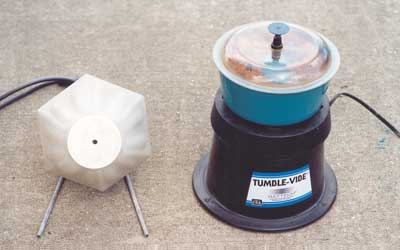 Photo by Ed Perry There are two main types of tumblers. The device on the left (white) is a rotary tumbler, the other on the right (blue) is a vibratory tumbler. Ed prefers the rotary for the grinding phase, that smooths down the beans and prefers the vibratory for the polishing phase. The vibratory was made by RayTech, but they are all pretty much the same Both of these tumblers have about a 5 lb. capacity. The rotary tumbler came from A.E. Aubin Company. |
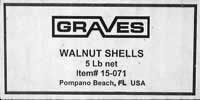 Graves label for item# 15-071 |
A few online vendors that offer walnut shells are listed below. I have not personally purchased from these vendors (their link here does not constitute an endorsement!), so please provide me with some feedback if you do business with them! |
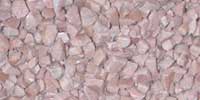 Closeup of crushed walnut shells |
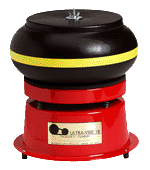 Ultra Vibe 18 |
|
| All tumblers (any style, any size) use the same recipe for smoothing & polishing: 1/3 of the drum is sand (when smoothing) or walnut shells (when polishing), 1/3 is beans, and 1/3 is air. Each style of tumbler can be used to smooth or polish. However, once you use one drum for either process (smoothing or polishing), continue to use it for that process... no switching back and forth! The key to great polishing is in the smoothing phase. Patience is the name of the game. The best of luck! | |
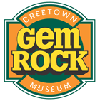 |
For our friends "across the pond" in the UK and vicinity, please visit Creetown Gem Rock Museum, in South West Scotland: Rock tumbler - rock polishing machine for polishing rocks, stones and gems (and sea-beans too!) |